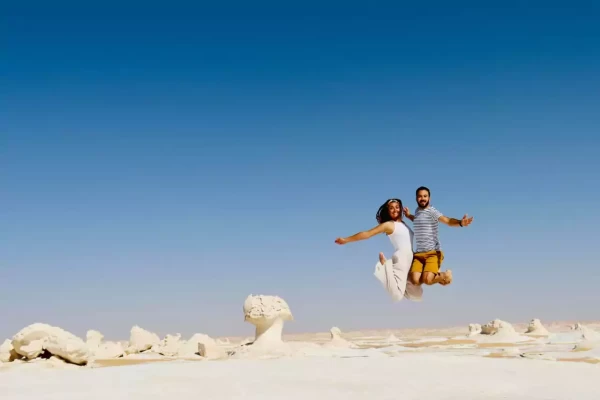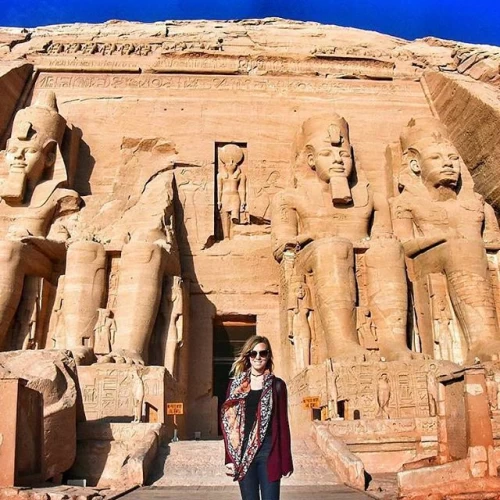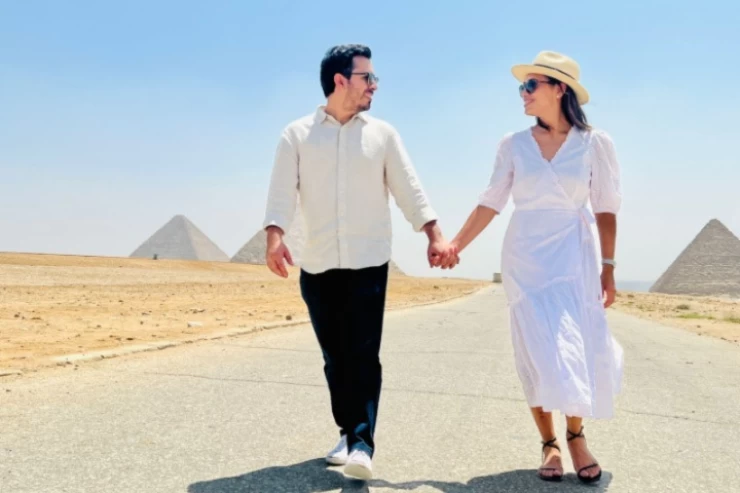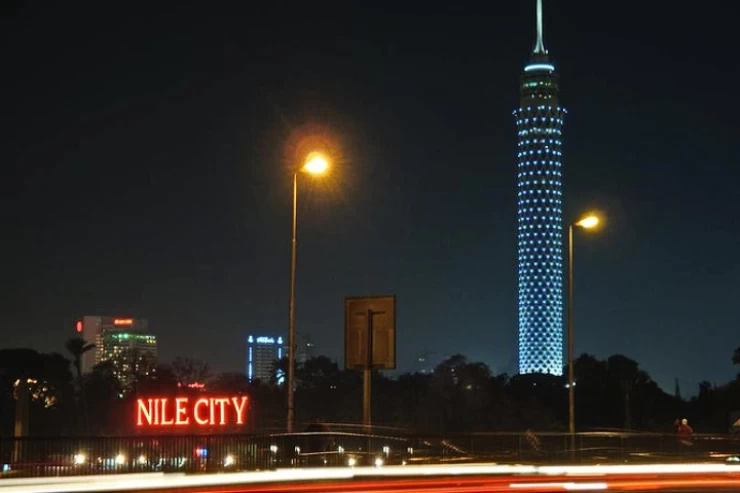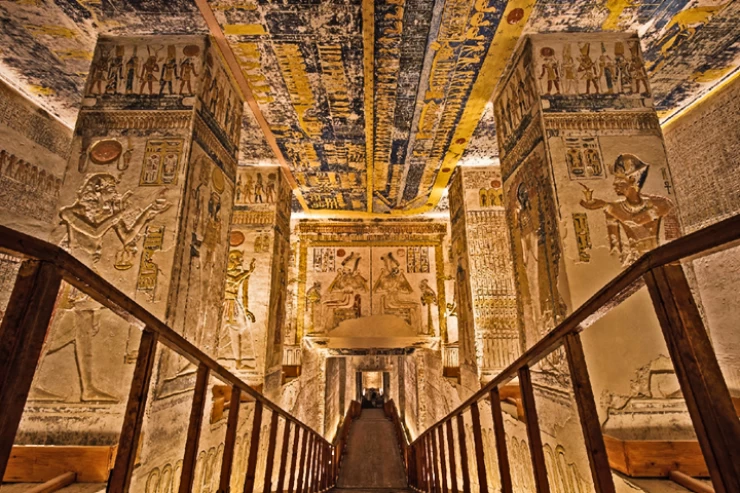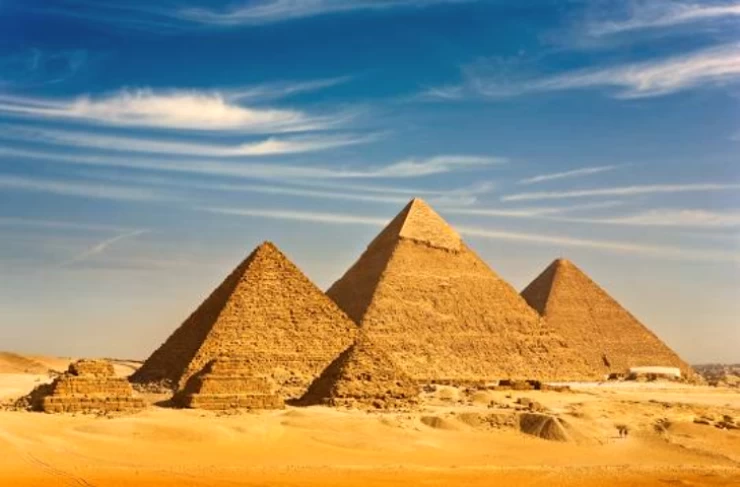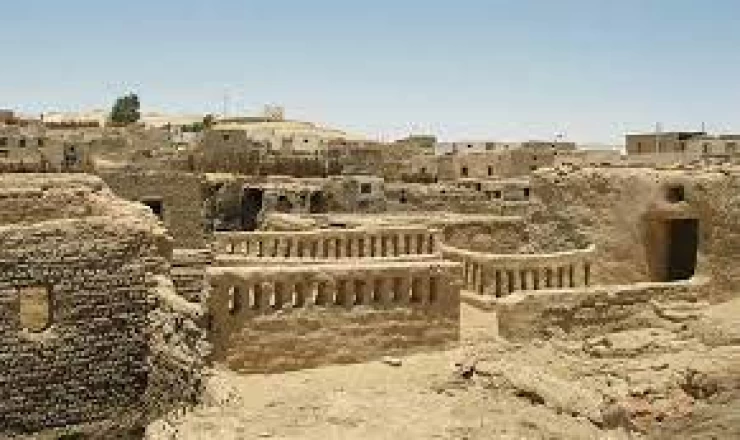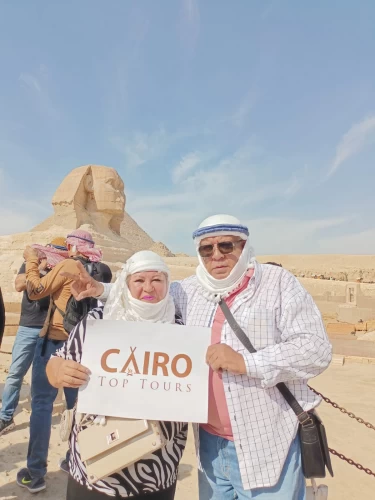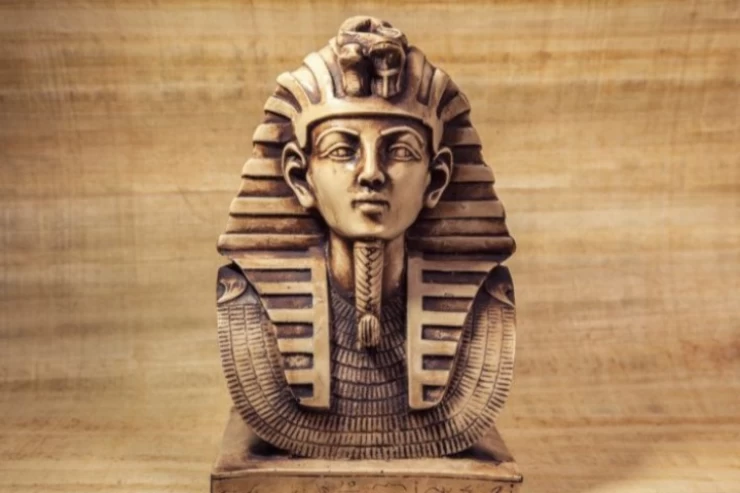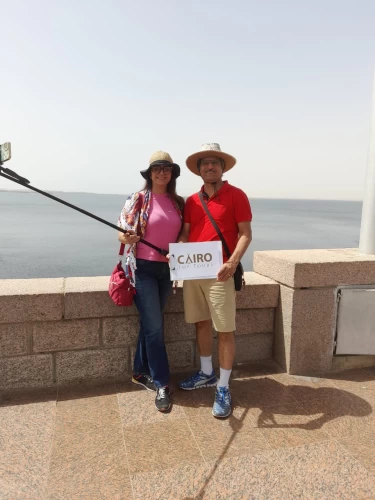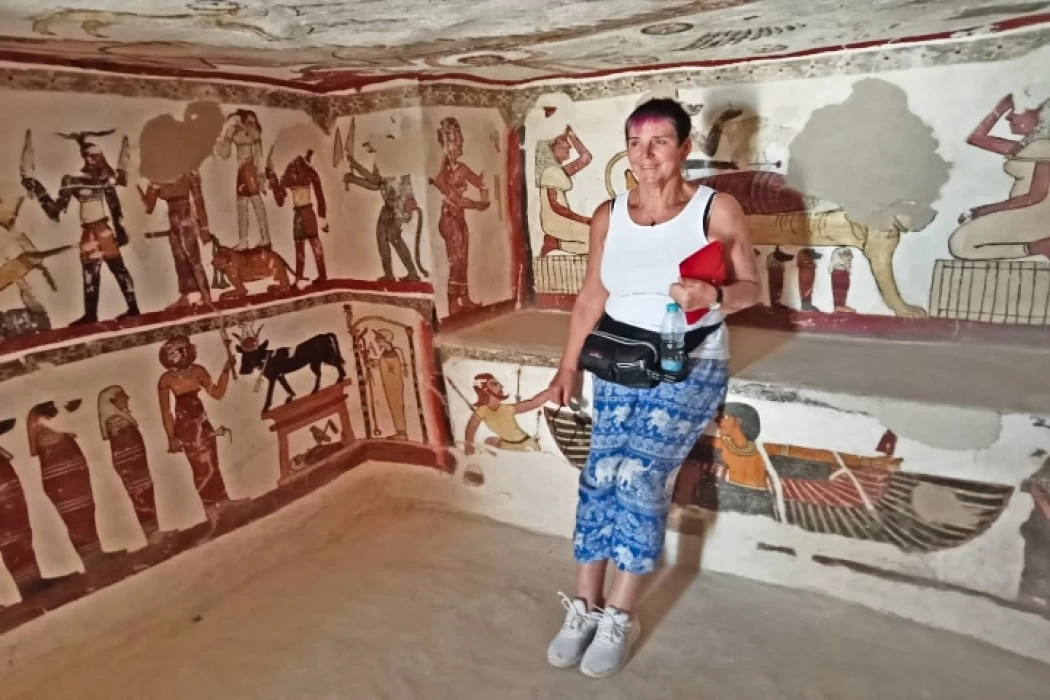
Al-Muzawaka tombs in Dakhla Oasis
Al-Mazouka tombs in the Dakhla Oasis
The Cemeteries of Al Mazouka is a masterpiece in the Dakhla Oasis
Al-Muzouka tombs are located 5 km from the village of Al-Qasr and 37 km from the city of Mutt in the New Valley Governorate. Have a Roman period background, and it is one of the most significant shrines in the Dakhla Oasis.
The tombs of Al-Mouzouka were named this name because the colors and drawings that are painted on its walls are bright in an eye-catching way, and their importance is due to the beauty of those drawings and bright colors that combine the arts and beliefs of Pharaonic and Roman at the same time.
The area contains two cemeteries called "Badi Osir," which refers to the priest who built his tomb here and whose name means "gift of the god Osiris." The cemetery has two overlapping chambers and is plastered over.
The color and design of Al-tombs Muzouka's are the most notable features that set them apart from the rest of the tombs. For nearly 2000 years, they were exquisitely built. The second tomb is for another priest who wished to commune with the god Bast, who was known to the ancient Egyptians as the cat.
Colors and oxides were often used in drawing and design, and the tones were fixed with egg white. Al-tombs Muzouka's are regarded as a masterpiece by Egyptian scientist Ahmed Fakhry, who discovered them in 1972.
It has two graves for two people, one of whom is Badi Awazir and the other is Badi Bastet, and it is worth noting that the tombs of Al-Muzouqa have an archaeological value that is distinct from that of other archaeological areas.
The American mission had visited that area and it confirmed that Paddy Osir was a priest in the temple of Thoth in the ancient city of Al-Mahdah, and this indicates the coincidence of the tombs of Al-Muzouka and the city of Al-Mahdah in one era (the Roman era), where the Al-Mahdah was the residential city and the tombs were to the west of it in Al-Mazouqa.
The Al-Muzouka tombs are important archaeological tombs, on which funerary drawings were drawn that combined the Egyptian and Roman beliefs and scenes representing the mummification process, the heavenly constellations, the bounties of oases, the wheat harvest season, and many ancient Egyptian and Roman deities.
Latest Articles
Admin
Seabourn Sojourn Cruise Stops in Safaga Port
The Seabourn Sojourn, the flagship vessel of Seabourn Cruise Line's ultra-luxury fleet, was built in 2008 at the T. Mariotti shipyard in Genoa, Italy. Measuring 198 metres, it can accommodate up to 450 guests in its 225 spacious all-suite staterooms.
Admin
Norwegian Sky Cruise Stops in Safaga Port
Norwegian Cruise Line operates a cruise ship called the Norwegian Sky. It was constructed in 1999 and can accommodate 2,004 passengers in addition to 878 crew members. The ship has several dining establishments, lounges and bars, a spa and fitness center, swimming pools, and a number of entertainment areas.
Admin
Explora II Cruise Stops in Safaga Port
Explora II, the second vessel in the Explora Journeys fleet, sets sail in 2024 to redefine luxury cruising. With 461 ocean-front suites, 9 culinary experiences, and 4 pools, this haven of sophistication and sustainability promises an unforgettable "Ocean State of Mind" journey to inspiring destinations.
Admin
Mein Schiff 6 Cruise Stops in Safaga Port
The Mein Schiff 6 is the latest cruise ship in the renowned TUI Cruises fleet, offering passengers a luxurious and sophisticated cruise experience. At 315 metres long, this floating resort features a range of dining options, entertainment, and recreational facilities, including a spa, fitness centre, and sports amenities.
Admin
Mein Schiff 4 Cruise Stops in Safaga Port
When the Mein Schiff 4 cruise ship docks in Safaga, Egypt, passengers are granted access to a realm of ancient wonders. Aboard this state-of-the-art vessel, guests can embark on meticulously curated shore excursions that showcase the region's most iconic landmarks, including the Giza Pyramids, the enigmatic Sphinx, and the remarkable tombs and temples of the Valley of the Kings in Luxor.
Admin
MS Europa Cruise Stops in Safaga Port
The Silver Moon, Silversea's latest flagship, is a luxury cruise ship that offers an exceptional travel experience for Venezuelans exploring Egypt. With a capacity of 596 guests and an impressive 40,700 gross tonnes, the Silver Moon maintains the small-ship intimacy and spacious all-suite accommodations that are the hallmarks of the Silversea brand.






